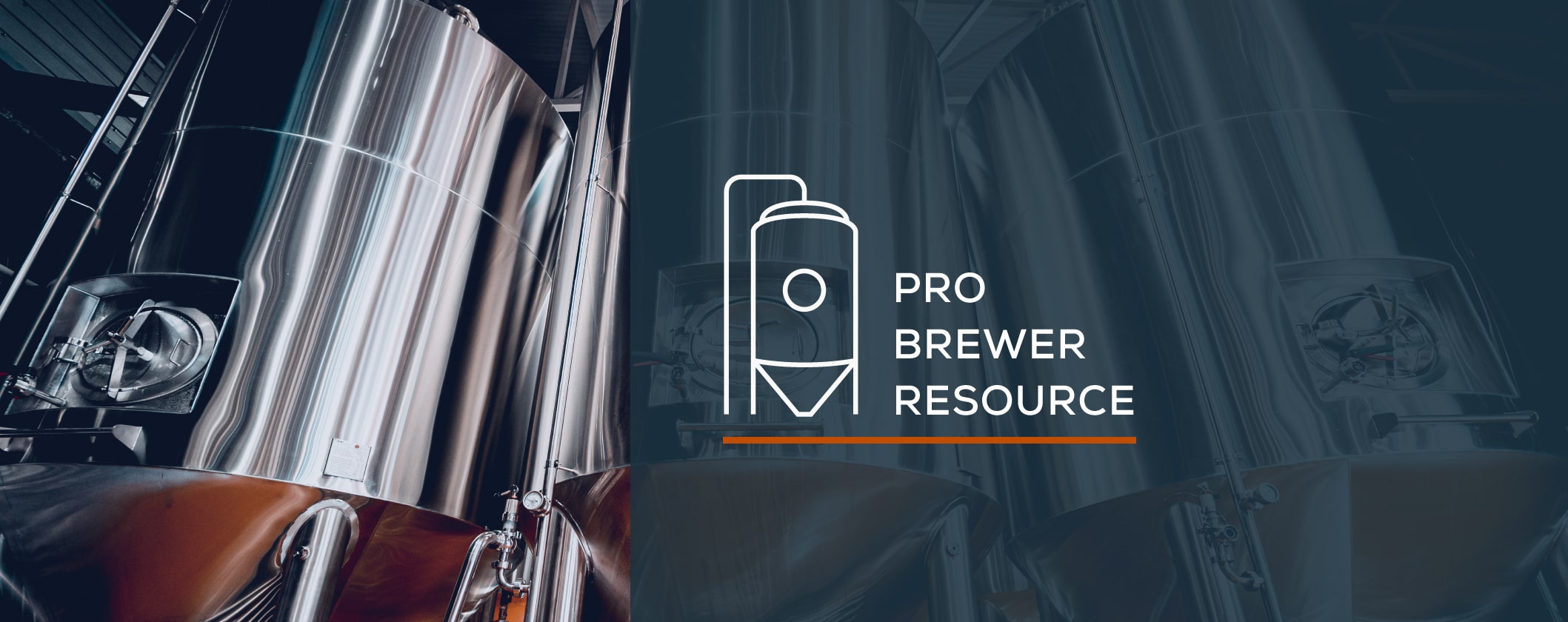Oxygenation & Aeration

Oxygen is a critical additive in brewing. Oxygen is the only necessary nutrient not naturally found in wort. Adding adequate oxygen to wort requires a fundamental understanding of why yeast needs oxygen, how much oxygen they need, and how to get oxygen into solution and the factors affecting solubility of oxygen.
WHY YEAST NEED OXYGEN
Yeast use oxygen for cell membrane synthesis. Without oxygen, cell growth will be extremely limited. Yeast can only produce sterols and certain unsaturated fatty acids necessary for cell growth in the presence of oxygen.
Inadequate oxygenation will lead to inadequate yeast growth, which can cause poor attenuation, inconsistent or long fermentations, production of undesirable flavor and aroma compounds, and produces yeast that are not fit for harvesting and repitching.
HOW MUCH OXYGEN?
Oxygen requirement is variable and depends on yeast strain employed, pitch rate, original gravity of wort, and wort trub levels.
The nutritional content of the wort and the amount of oxygen consumed by the wort influences the needs of the yeast to perform properly. In an environment where wort contains sufficient unsaturated fatty acids, but insufficient sterols, oxygen will be needed for the synthesis of sterols. Yeast propagated in an environment where oxygen is low will have a higher demand when pitched for brewing, as sterol synthesis would have been limited; conversely, yeast grown in oxygen-rich conditions will have a lesser demand as the compounds have been synthesized and the yeast is in an ideal state for fermentation.
Some yeast strains have higher oxygen requirements than others. However, it is generally safe to assume that you need at least 10 ppm (mg/L) of oxygen. 10 ppm will supply adequate oxygen in most situations. Over-oxygenation is generally not a concern as the yeast will use all available oxygen within 3 to 9 hours of pitching and oxygen will come out of solution during that time as well. Under-oxygenation is a much bigger concern.
Higher original gravities are stressful to yeast as well as being difficult to get oxygen into solution. As the gravity of wort increases, solubility of oxygen decreases. Increased temperatures also decrease the solubility of wort.
The unsaturated fatty acids found in wort trub can be utilized by yeast and directly incorporated into membranes. If wort trub levels are low, yeast will need to synthesize more of these lipids and therefore will require more oxygen.
METHODS OF AERATION / OXYGENATION
The best method for dissolving oxygen into solution is to inject pure oxygen through a sintered stone that is in-line during run-in. There are pieces of equipment available that greatly increase the solubility of the oxygen that is injected. Greater solubility is achieved by creating a restriction where the oxygen is injected followed by a much less restrictive chamber followed by another restriction. This design causes turbulence which allows greater contact time and mixing between the oxygen bubbles and the wort which increases the rate of oxygen transfer to the wort.
The quantity of pure oxygen or air necessary to achieve adequate dissolved oxygen levels depends on many factors which vary greatly from brewery to brewery. It is important to remember that 8 ppm is the maximum level of dissolved oxygen that can be dissolved into wort when using air. To achieve levels higher than 8 ppm pure oxygen needs to be used. Measurement of dissolved oxygen levels with a dissolved oxygen meter is the only sure way to know if you are achieving adequate oxygen levels.
Wort temperatures and wort gravity both have profound effects on oxygen solubility. As wort temperatures increase, oxygen solubility decreases. As wort gravity increases, oxygen solubility decreases. These are very important factors to recognize and compensate for.
OXYGEN CALCULATIONS
- Oxygen molar mass is equal to 16 g/mol
- The mass of O₂ is 16 g/mol x 2 mole Oxygen = 32 g
At Standard Temperature and Pressure (STP) one mole of Oxygen will occupy a volume of 22.4 liters
- 32 g/22.4 liters is equal to 1.43 grams per liters of volume
- 1.43 g/L x 1000 mg/g = 1430 mg/L or PPM
Assuming 100 barrels/hour are knocked out into a fermenter (equal to 195 liters/minute) then the amount of oxygen required is as follows, if the flowmeter is set to 1 Liter per minute:
- 1430 mg/L ÷ 195 L/min = 7.3 mg/min
- 7.3 mg/min x 1 L /min = 7.3 mg/L (PPM)
Or if the desired oxygen requirement is 10 PPM (mg/L) then the flowmeter is set at 1.37 L/min:
- 1430 mg/L ÷ 195 L/min = 7.3 mg/min
- 10 mg/L ÷ 7.3 mg/min = 1.37 L/min
